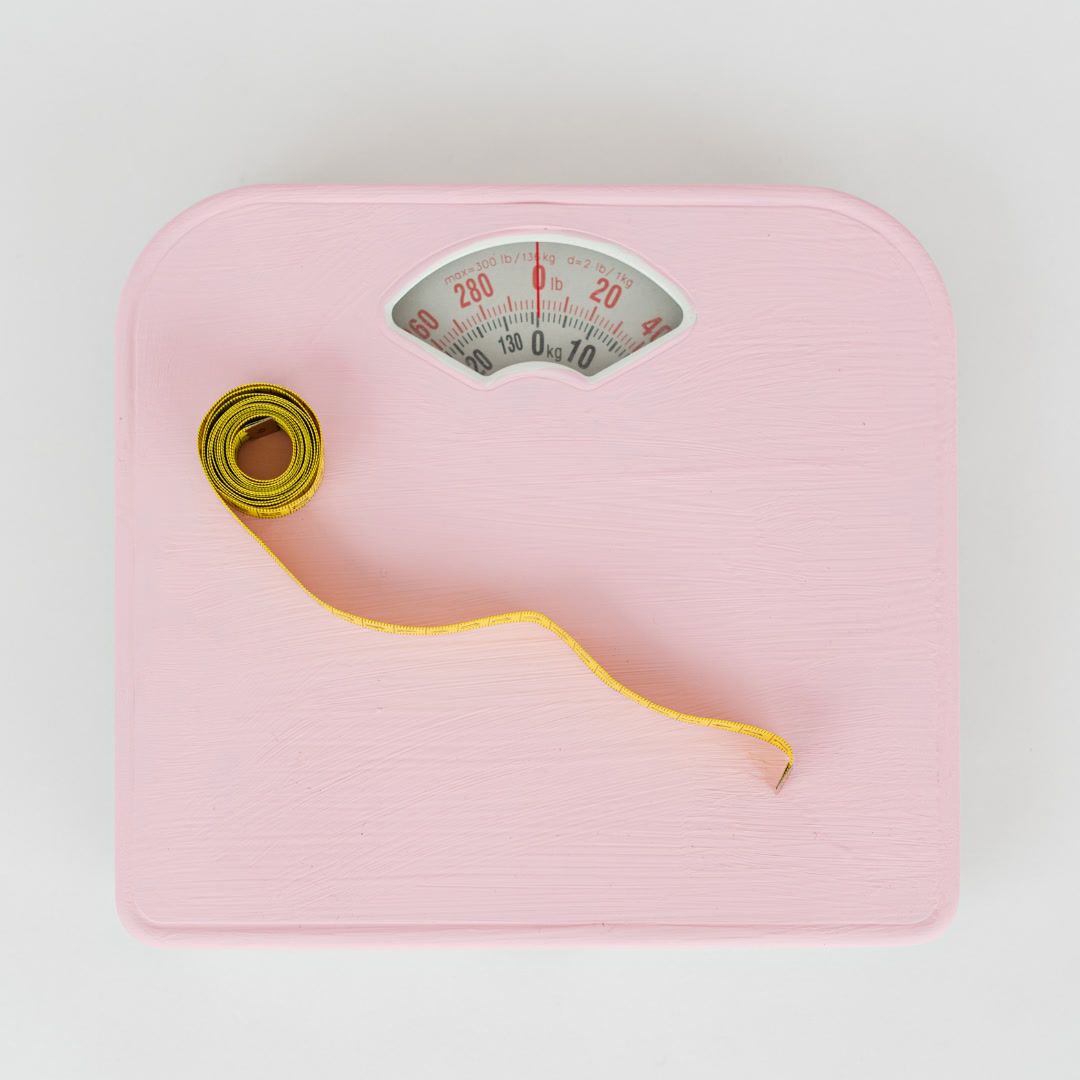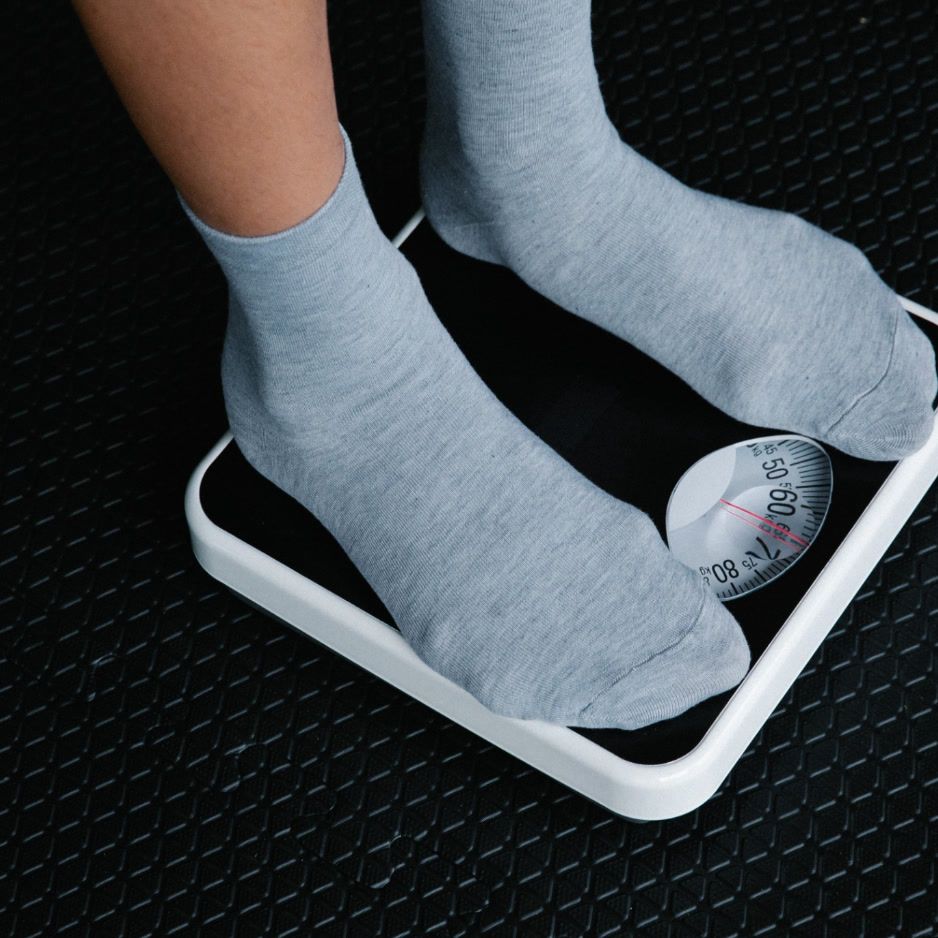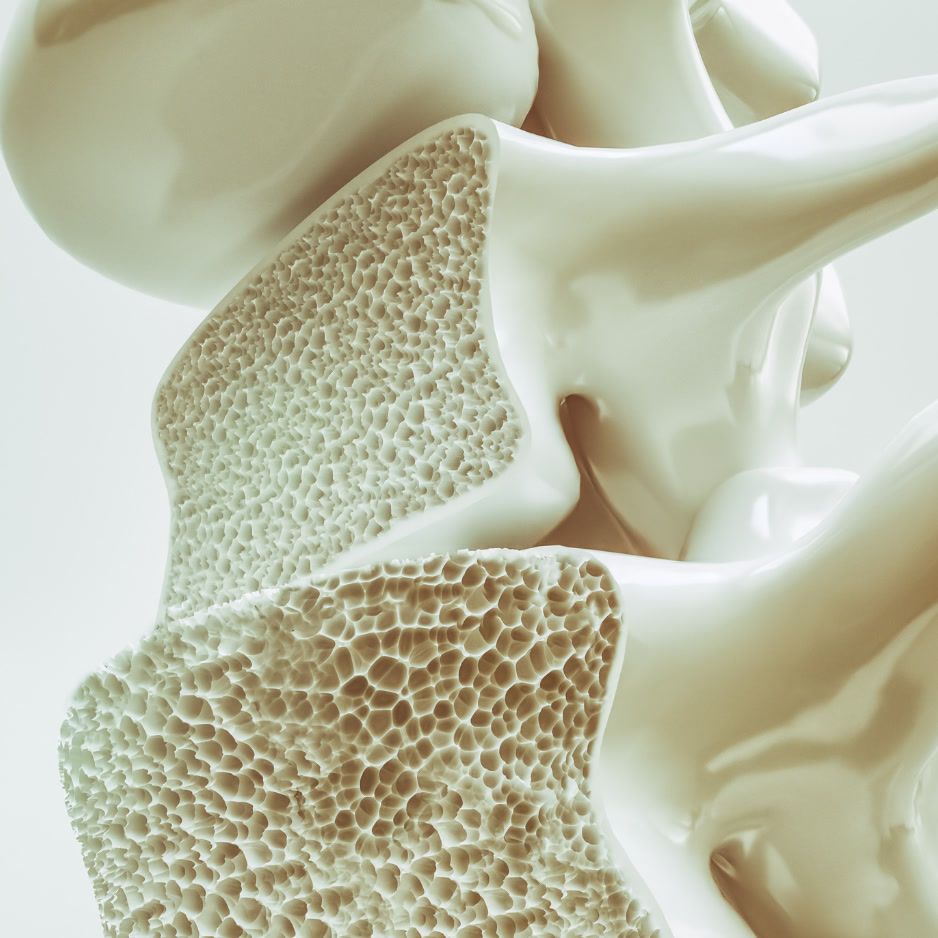Back and Bicep Workout: 25-Min Gym & Home Routine

Back and Bicep Workout: 25-Min Gym & Home Routine
Looking for a fast, effective back and bicep workout you can finish in under half an hour? This routine pairs pull-focused back moves with curls for a time-efficient pump, complete with at-home alternatives and an 8-week progression plan. You’ll also get warm-up and cooldown drills, injury-prevention cues, and clear targets for sets, reps, and rest.
Why this works:
- Time-efficient supersets: Pairing exercises back-to-back can deliver similar strength and muscle gains as traditional sets when total work is matched.
- Flexible rep ranges: Muscle can grow with lighter or heavier weights as long as sets are challenging and close to your limit—a key takeaway from a review of rep ranges.
- Smart rest: When time allows, ~3-minute rests help you lift more and may enhance strength and size, as shown in a randomized trial in trained lifters. Shorter rests keep sessions under 30 minutes.
Quick Start: The 25-Minute Back and Bicep Workout
- Total time: 23–28 minutes
- Structure: 3-minute warm-up → 3 supersets → 2–3 minute cooldown
- Rest: 60–90 seconds between supersets (or as needed)
Warm-Up (3 minutes)
Do 3–4 of the following for ~30–40 seconds each: arm circles, band pull-aparts, scapular pull-up shrugs from a dead hang, hip hinge with broomstick, and light rows. For a guided routine, see our dynamic warm-up guide.
How to Perform the Supersets
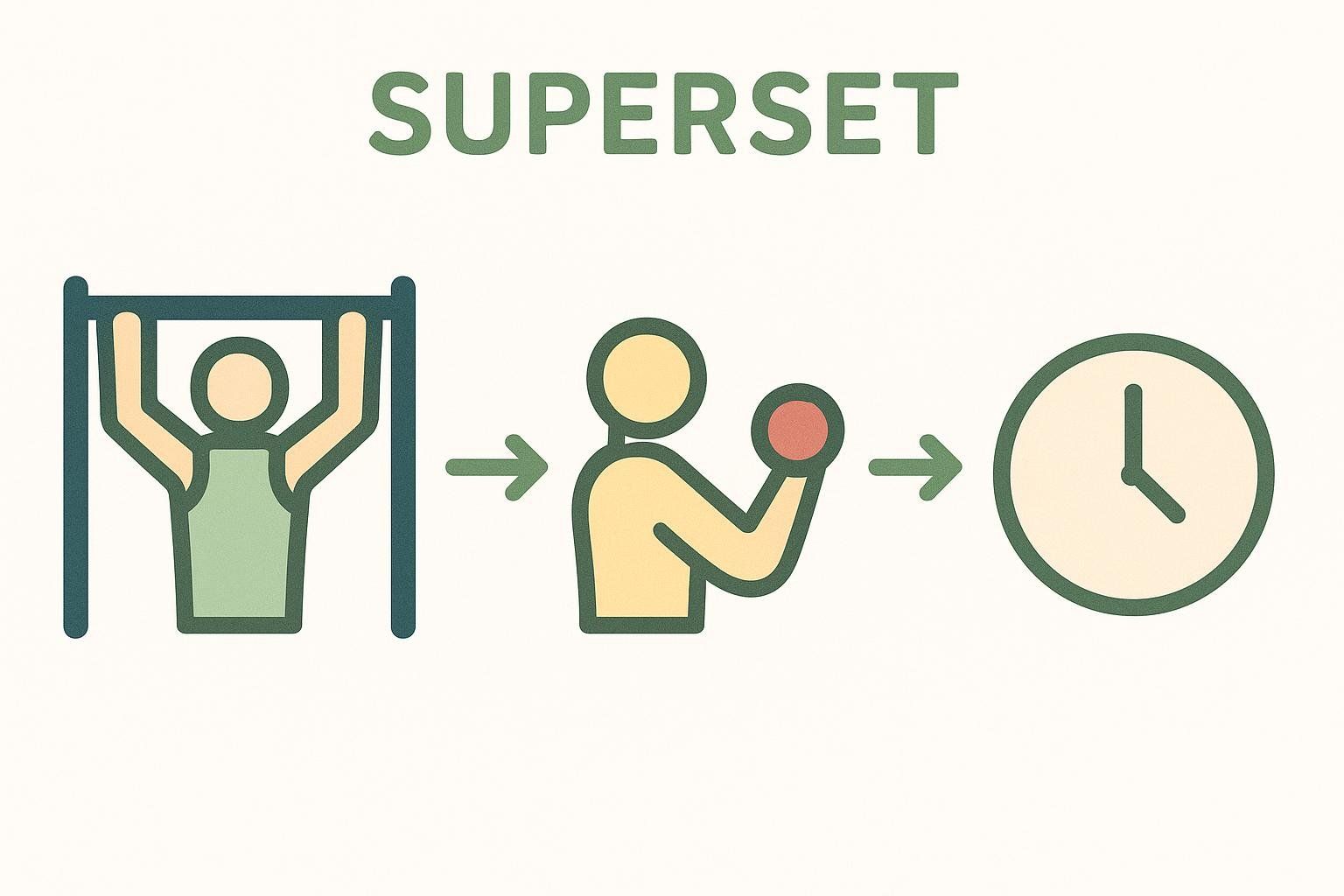
Complete all sets of the A superset before moving to B, then C. For each superset, perform the “1” exercise (e.g., A1), then the “2” exercise (A2) back-to-back, rest, and repeat until you’ve finished the prescribed sets.
Main Set (Supersets)
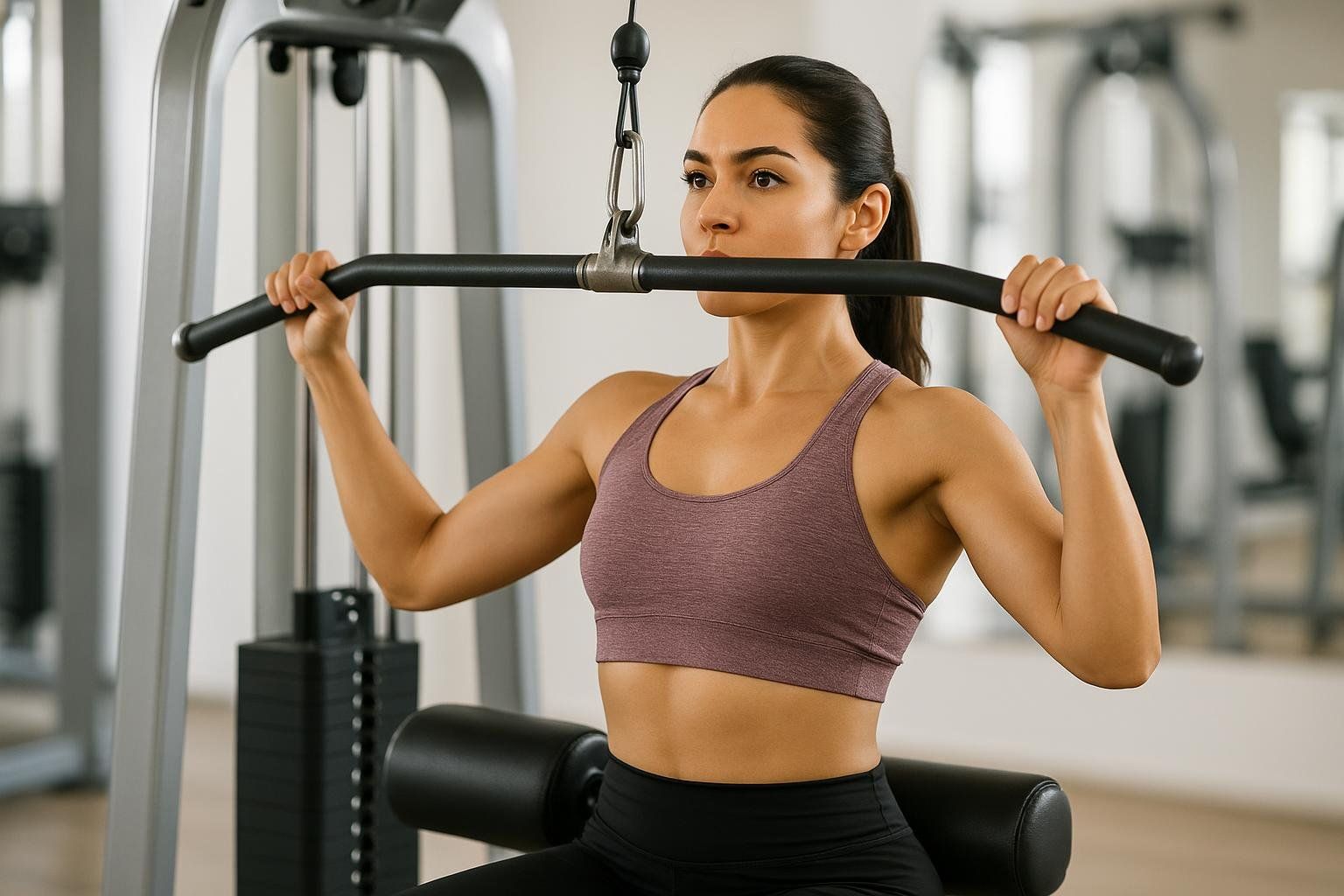
-
A1) Vertical Pull: Pull-Up or Lat Pull-Down — 3 sets of 6–10 reps
- At-home alternative: Band-Assisted Doorframe Pull-Up or Bent-Over Backpack Row
-
A2) Curl: Incline Dumbbell Curl — 3 sets of 8–12 reps
- At-home alternative: Resistance-Band Curl (step on band), 8–15 reps
-
B1) Horizontal Pull: One-Arm Dumbbell Row — 3 sets of 8–12 reps per side
- At-home alternative: Sturdy Table Inverted Row (8–12 reps)
- Safety note: Make sure the table is rock-solid and can safely support your full body weight before attempting inverted rows.
-
B2) Curl: Hammer Curl — 3 sets of 10–12 reps
- At-home alternative: Neutral-Grip Band Curl (12–15 reps)
-
C1) Cable or Band Straight-Arm Pull-Down — 2 sets of 12–15 reps
- At-home alternative: Kneeling Band Lat Prayer (12–15 reps)
-
C2) EZ-Bar or Dumbbell Curl — 2 sets of 10–12 reps
- At-home alternative: Band Curl (12–15 reps)
-
Optional Finisher (60–90 seconds): Dead Hang or Scapular Pull-Ups for shoulder health
Learn safe form in our hanging benefits guide

Tempo and effort: Use a controlled 2–3 second lowering phase on rows and curls. Stop sets with 0–2 reps in reserve (near, but not past, technical failure).
Cooldown (2–3 minutes)
Walk 1–2 minutes, then lightly stretch lats, chest, and biceps. For soreness relief later, try this 10-minute foam-rolling routine.
Form Cues That Protect Your Joints (and Boost Results)
- Pull-Ups/Lat Pull-Downs: Think “elbows to back pockets,” chest tall, ribs down. Avoid yanking with momentum. For lat mechanics, see our back anatomy guide.
- One-Arm Rows: Hinge until torso ~45–60° forward; row to low ribs; pause one count, then lower under control.
- Curls: Keep elbows near ribs; don’t let them drift forward. For targeted biceps strategies, see the Bicep Growth Blueprint.
- Grip: If your hands give out early, use chalk or straps sparingly—but train grip weekly to strengthen your grip over time with our grip strength guide.
8-Week Progression Plan (Beginner to Advanced)
Before you increase weight, sets, or effort in any week, do a quick readiness check: Are your joints pain-free, recovery solid (sleep 7–9 hours), and technique consistent? If yes, progress. If not, repeat the current week.
Use the same 25-minute template and progress volume or load gradually.
-
Weeks 1–2 (Base)
- Sets: 2 per exercise (A, B, C)
- Effort: Finish with ~2 reps in reserve; learn tempo and control
-
Weeks 3–4 (Build)
- Sets: 3 for A and B; 2 for C
- Progression: Add 2.5–5 lb to dumbbells or slow the lowering phase of lifts to a 3-second count
-
Week 5 (Intensify)
- Sets: Maintain Week 4
- Progression: Add a small load to pull-ups (or increase pulldown/row loads)
-
Week 6 (Volume Bump)
- Sets: Add 1 set to either curls or rows (not both)
-
Week 7 (Overload)
- Effort: Push most sets to 0–1 reps in reserve
- Keep total sets steady
-
Week 8 (Deload)
- Volume: Reduce sets by ~30–40%
- Effort: Keep 2–3 reps in reserve to recover before the next block
How Often Should You Do This?
- Frequency: 1–2 times per week fits most programs (e.g., in a push/pull split). Public-health guidance recommends muscle-strengthening activities on 2+ days per week across major muscle groups (CDC guidelines).
- Weekly Sets: Aim for 10–20 total weekly sets per major muscle for growth; more sets generally produce more hypertrophy up to your recovery limit, per a dose–response meta-analysis and a controlled trial in trained men.
Injury-Prevention Pointers

- Neutral spine on all hinges and rows; brace your core (learn how in our core strength guide).
- Elbows: If preacher or straight-bar curls irritate your elbows, rotate to hammer or band curls for 2–3 weeks.
- Shoulders: Use controlled scapular movement and avoid shrugging on pulls; add the optional hanging finisher (mentioned above) to groove shoulder mechanics.
FAQs
-
How should I fit this into a weekly plan?
Most lifters do well with a push–pull split or an upper/lower split. Place this session on your Pull or Upper day. -
What should I eat to support growth?
Many adults maximize resistance-training gains around ≥1.6 g protein/kg/day (meta-analysis) and a systematic review. Spread protein across 3–5 meals and prioritize whole foods.

Track What You’re Building with DEXA
To objectively measure the muscle you’re building, a DEXA scan offers precise data on lean mass by region, fat mass, bone density, and even visceral fat—so you can validate progress and fine-tune your plan. Learn how the scan works in our DEXA body scan guide, then consider a baseline now and a re-scan in 8–12 weeks.
Stay consistent, progress patiently, and your back and bicep training will compound into real, visible results.
